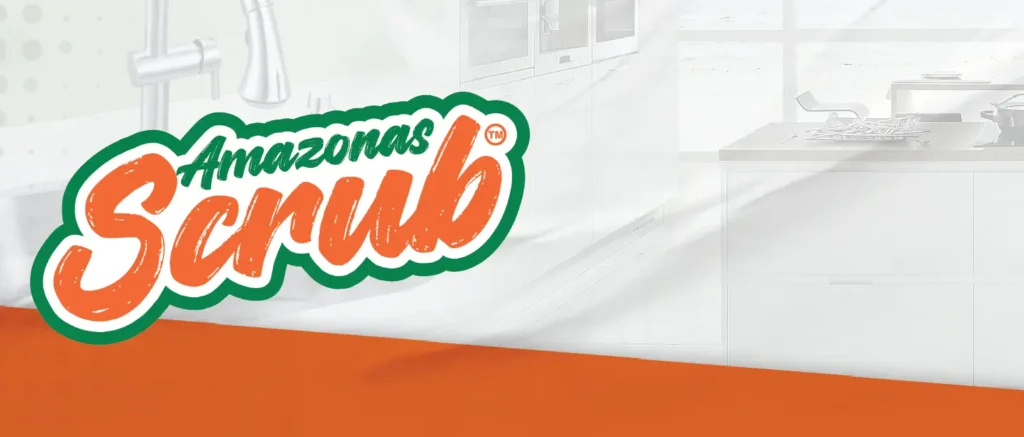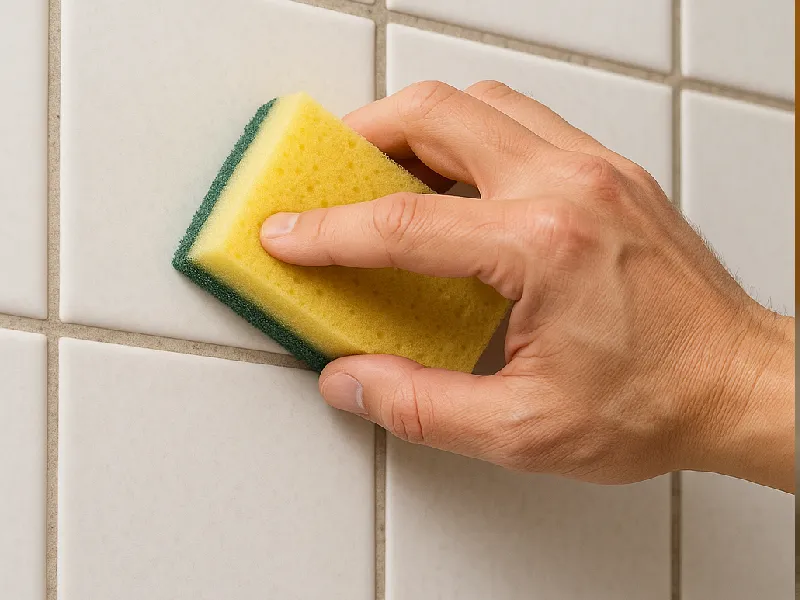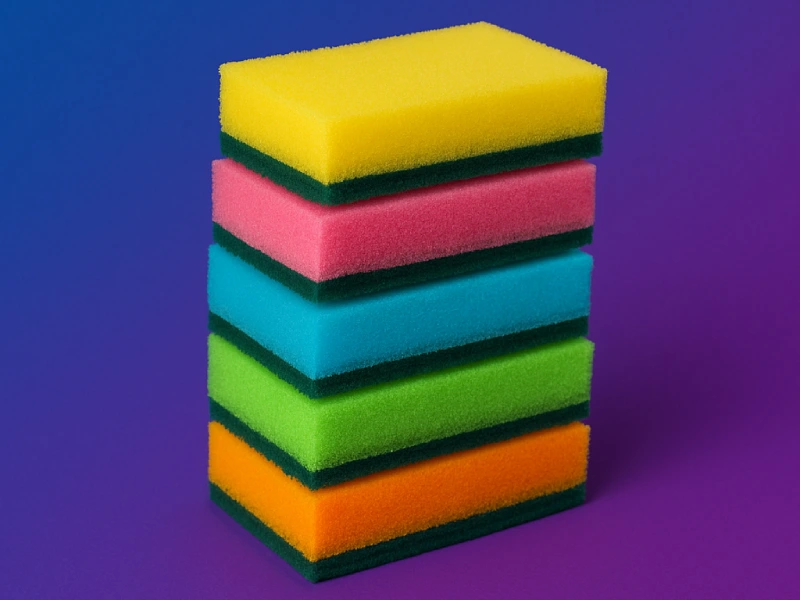When it comes to maintaining leather shoes, especially those in shades of tan, a single stain can feel like a major setback. The allure of tan leather footwear lies not just in its aesthetic appeal, but also in the sophistication it brings to any outfit.
Understanding how to clean tan leather shoes is crucial for those keen on preserving their polished look. Whether from daily wear or accidental spills, learning leather shoe care techniques is essential for any shoe enthusiast.
The goal is clear: to safely and effectively remove unsightly marks while also preserving the delicate material of your prized shoes.
Trust in the right leather shoe stain removal methods, and you can ensure your tan leather footwear remains as stunning as the day you bought them. With the right approach, maintaining leather shoes isn’t just about recovery—it’s about resilience.
Understanding Tan Leather and Stain Removal
Tan leather is highly sought after for its classic, versatile appeal. But owning items made from this material means understanding tan leather characteristics to ensure longevity. Tan leather’s natural hues are susceptible to discoloration when not cared for properly, which is why knowing precise leather stain removal techniques is crucial for maintenance. Whether you’re dealing with a pair of boots, a jacket, or a luxurious sofa, each piece requires tailored leather maintenance tips to preserve its beauty and durability.
Let’s explore the reasons why tan leather may pose challenges when it comes to stain removal and maintenance:
- Exposure to direct sunlight can fade the warm tones of tan leather.
- Improper cleaning agents may strip the leather of its natural oils, leading to cracking.
- Water stains can be particularly visible, making quick and effective treatment necessary.
Now, let’s look at a basic guideline of products and techniques you should consider:
| Cleaning Solution | Suitability for Tan Leather | Application Technique |
|---|---|---|
| Specialized Leather Cleaner | Highly Recommended | Apply with a soft cloth in circular motions |
| Mild Soap and Water | Use Sparingly | Gently dab without saturating the leather |
| Vinegar Solution | Use for Stubborn Stains | Blot gently and follow with leather conditioner |
| Leather Conditioner | Essential for Maintenance | Apply post-cleanup to restore moisture |
These techniques not only aid in stain removal but also contribute to the upkeep of your tan leather goods. Always perform a spot test in a hidden area before treating the entire surface, and for deep stains or expensive items, professional cleaning may be the safest option.
Remember, with the right approach to care and maintenance, your tan leather can remain timeless and resilient. It’s all about treating this material with the respect it deserves, being delicate in your approach, and always using products designed with leather in mind.
Before You Begin: Preparing Your Leather Shoes
Tackling leather stains requires a delicate touch and some preliminary legwork to ensure your efforts bear fruit without damaging your cherished leather pieces. Before diving into the nitty-gritty of stain removal, take a moment to follow these important leather preparation steps. Doing so will set you up for success, preserving the look and longevity of your leather shoes.
Checking Leather Type and Colorfastness
Before you begin, identify your shoe’s leather type. Different leathers react uniquely to cleaning agents and water, making this initial step crucial. Once you’ve established your leather type, perform a colorfastness test on a discreet area to confirm that your cleansers will not discolor or damage the leather. Using a soft, damp cloth, gently dab a bit of water or mild cleaning agent onto the shoe. If the color remains steadfast, with no transfer to the cloth, you can proceed with confidence.
Gathering Essential Cleaning Supplies
Equip yourself with the appropriate leather cleaning kit which should consist of the following: a soft-bristled brush or microfiber cloth for dusting, a proven leather cleaner, and a leather conditioner to rejuvenate the material post-cleaning. It’s important to choose products specifically designed for leather to avoid harming your shoes.
**Leather Cleaning Kit Checklist:**
- Mild leather cleaner
- Leather conditioner
- Soft-bristled brush
- Microfiber cloths
Initial Cleaning: Dusting off Surface Dirt
Beginning with a light dusting, gently sweep off surface dirt using soft-bristled brush or cloth. An initial cleaning ensures that when you’re treating stains, you’re not pushing surface dirt further into the leather’s pores. This step enhances the effectiveness of the deeper cleaning process to come.
**Initial Dusting Process:**
- Use a soft brush to loosen dust and dirt.
- Wipe down with a clean, dry microfiber cloth.
- Inspect the shoe for remaining debris and repeat if necessary.
With these steps completed, your tan leather shoes are now primed and ready for a thorough stain removal, which we will explore in detail in the next section of our guide.
Step-by-Step Guide to Remove Stains Leather Shoes
Restoring the pristine condition of your leather shoes doesn’t have to be complicated. This detailed leather stain removal guide provides you with a proven step-by-step leather cleaning process for effective leather stain treatment. Follow these steps to ensure your tan leather footwear regains its original allure without incurring damage.
- Identify the Stain Type: Different stains require specific solutions, so first, determine what type of stain you are dealing with.
- Choose the Right Cleaner: Select a cleaner appropriate for your leather type. Test on a small, inconspicuous area before applying it to the entire stain.
- Gently Apply Cleaning Agent: Using a soft cloth, apply the cleaning agent with a gentle circular motion. Patience is key – do not rub vigorously as this can damage the leather.
- Wipe Away Excess: Immediately remove any excess cleaner with another section of your cloth to prevent saturation.
- Allow Leather to Dry: Allow your shoes to air dry naturally – avoid direct heat sources such as radiators or hair dryers as they can cause leather to warp.
For stubborn stains that linger even after your initial cleaning, a deeper clean may be necessary. In some cases, a professional leather specialist’s touch might be the safest bet to avoid irreversible damage.
| Stain Type | Recommended Cleaner | Treatment Notes |
|---|---|---|
| Water Stains | Leather-specific conditioner | Conditioner can help restore the leather’s natural oils displaced by water exposure. |
| Oil/Grease Marks | Baking soda or talcum powder | Apply the powder, let sit to absorb oil, then gently brush away. |
| Ink Stains | Isopropyl alcohol or nail polish remover | Apply with a cotton swab very carefully to the stained area only. |
After treating your leather shoes, consider a final step of conditioning. This helps replenish the material’s natural oils, keeping your leather supple and reducing the likelihood of future stains. Always protect your leather shoes with a high-quality leather protector before wearing them out to ensure a great look and long-lasting wear.
Tackling Different Types of Stains on Leather
When it comes to maintaining the pristine condition of your leather goods, knowing how to handle specific types of stains can make all the difference. The treatment for water stains differs significantly from that of ink or grease, and the same can be said for addressing scuffs and salt marks. Below we’ll explore curated solutions for each of these challenges, ensuring your leather items remain in top-notch condition.

Removing Water Stains
Water stain removal from leather doesn’t have to be intimidating. Start by lightly dampening the entire surface with a soft cloth to promote an even color when drying. Use distilled water to prevent mineral marks and allow the leather to air dry naturally. If the stain persists, a specialized leather cleaner may be required for further treatment.
Dealing with Ink and Grease Marks
The approach for ink stain cleaning leather involves gentle blotting with a cotton swab dipped in rubbing alcohol. Avoid rubbing as this can spread the ink. For grease mark treatment, sprinkle talcum powder or cornstarch on the spot and leave it overnight to absorb the oil before brushing away lightly with a soft-bristled brush.
Eradicating Scuffs and Salt Lines
To tackle scuffs, a leather-specific conditioner can do wonders. Apply a small amount onto a microfiber cloth and rub it into the scuff in a circular motion. For salt stain remedies, mix one part water with one part vinegar, and gently wipe over the salt lines with a soft cloth, then let it dry completely.
The table below summarizes the best practices for treating these common leather stains:
| Stain Type | Cleaner | Method | Prevention Tips |
|---|---|---|---|
| Water Stains | Distilled water/Leather cleaner | Dampen and air dry/use cleaner as per instructions | Waterproofing treatments |
| Ink Marks | Rubbing alcohol | Blot with cotton swab | Keep pens capped and away from leather |
| Grease Marks | Talcum powder/Cornstarch | Apply powder and leave overnight, brush off | Clean spills immediately, avoid eating over leather |
| Scuffs | Leather conditioner | Rub into scuff with microfiber cloth | Store in a dust bag, use shoe trees |
| Salt Stains | Vinegar solution | Wipe with diluted vinegar, air dry | Wipe shoes after exposure to salt |
Protecting Your Tan Leather Shoes from Future Stains
To ensure your tan leather shoes remain pristine, leather shoe protection strategies are key. Post-cleaning, it’s crucial to employ methods to prevent leather stains and keep your footwear looking as good as new. This includes using a high-quality shoe conditioner for leather that not only nourishes but also creates a barrier against potential staining agents.
Regular application of conditioners and protective sprays plays a significant role in the longevity of your leather shoes. Not only does it provide an essential moisture barrier, but it also makes the leather less porous and consequently less susceptible to staining.
- Apply a leather conditioner after cleaning to replenish natural oils.
- Use a protective spray to create an invisible shield on the surface of the leather.
- Store your shoes properly when not in use to avoid dust and accidental spills.
Below is a comparison of products designed to enhance leather shoe protection:
| Product | Type | Benefits | Frequency of Use |
|---|---|---|---|
| Bick 4 Leather Conditioner | Conditioner | Nourishes and restores flexibility | Once a month |
| Apple Brand Garde Rain & Stain Water Repellent | Protective Spray | Repels water and stains | Every 3-6 months |
| Cadillac Select Premium Water Repellent & Stain Protector | Stain Protector | Protects against harsh elements | Before each season |
Avoiding situations that might cause stains is also vital. Be mindful of the weather and environmental pollutants that could spell disaster for your tan leather shoes. Take preventive action by treating your shoes before heading out into potentially harmful conditions.Remember, consistent care keeps your leather shoes safe and stylish for years to come.
Conclusion
In the journey to maintain the appeal and resilience of your tan leather footwear, we’ve traversed multiple terrains—from recognizing the unique properties of tan leather to deploying precise stain removal tactics tailored for its care.
By delving into these methods, an leather shoe care summary has been established, forming a blueprint for owners to follow. It’s clear that appreciating leather’s nature, employing the right cleaning agents, and perfecting those cautious scrubbing techniques are instrumental in eradicating unwanted blemishes.
The focus on addressing various stains such as water, ink, grease, scuffs, and salt lines exhibited the specificity required in handling your delicate leather possessions.
Equipped with this knowledge, remember that a pivotal part of the process is consistent maintenance to achieve lasting leather shoe cleanliness. This comprehensive care does not only refine their current state but preserves their quality for the future.
To secure the longevity and elegance of your tan leather shoes, it is paramount to apply the curated guidance presented throughout this article.
Regular maintenance routines—accentuated by the application of conditioners and preventative measures—will fortify your shoes against the daily encounters they face. Embrace these practices, and let them elevate your leather shoe experience, ensuring that your esteemed footwear continues to stride with grace and durability.









